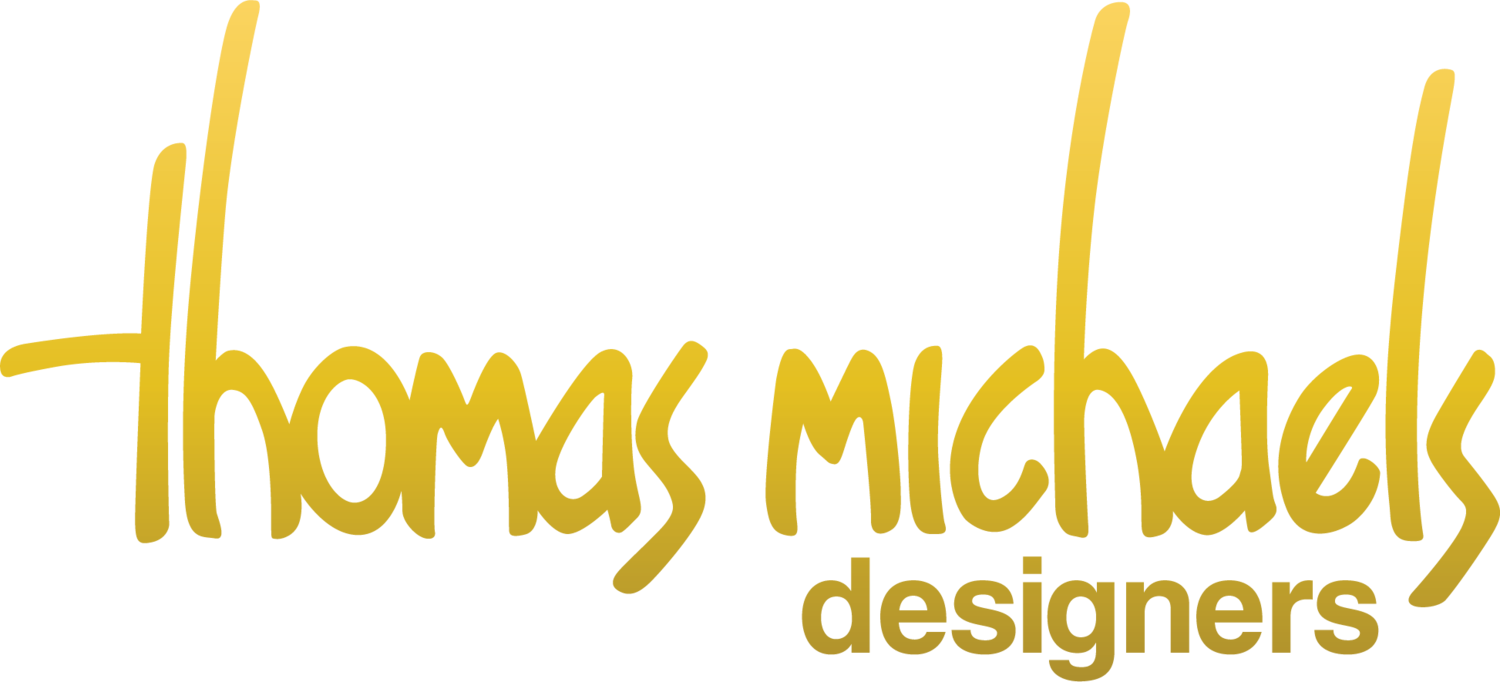Buying a Diamond
Purchasing a diamond is an exciting process and can be made easier with some understanding of the nature of diamonds and how they are created. The visual impact of a fine diamond is primarily determined by the quality of cutting, not color or clarity. The actually cutting of the diamond crystal determines the beauty of the finished diamond. There is a precise geometry of cutting that will result in the correct refraction of light in a diamond giving it the gem ultimate beauty and sparkle. The visual differences between a Flawless and a SI - 1 diamond are nonexistent except under magnification. Consumers generally do not understand that the aesthetics or look of a diamond is created primarily by the human element, the quality of the cutting. People often feel that if they purchase a higher clarity or color diamond (spending more money), that they will have obtained a more brilliant, more aesthetically pleasing or more intense diamond, but that would only be if the cutting is escellent
The fact is 99% of all faceted diamonds in the industry are cut far below prescribed standards; increasing profit because of increased yield and lower labor costs. For example if you saw a remarkably cut G, SI-2 and a typical commercial cut E, Flawless, in a blind test you would choose the remarkably cut G, SI-2; ten out of ten times and this diamond will cost much less.
The visual impact of a fine diamond is primarily determined by the quality of cutting, not color or clarity. If the diamond is within in the white range of color (GIA D thru H), and is not included, or if inclusions are not visible to the naked eye, the most critical aspect in judging a diamond is the cutting. Most retailers or dealers you'll speak with will discuss clarity and color issues, but will not completely disclose all the critical facts pertaining to the many technical aspects of cutting; usually discussed only within the trade. Supplying an inferior cut diamonds is often a major added profit center for the shrewd dealer.
A remarkably cut diamond such as those we supply, will be no match to diamonds you will see in typical commercial jewelry stores or on other wearer's fingers. These diamonds are sometimes referred to as "three to four table diamonds"; they are highly visible from across the restaurant in low lighting conditions!
The Gemological Institute of America has a wealth of information on diamonds and gemstones. Before beginning the process of purchasing a diamond take a look at the GIA website for Purchasing an Engagement ring and check out the video on that page to on How to Choose a Diamond. This video will give you the basics of the Four C’s.

